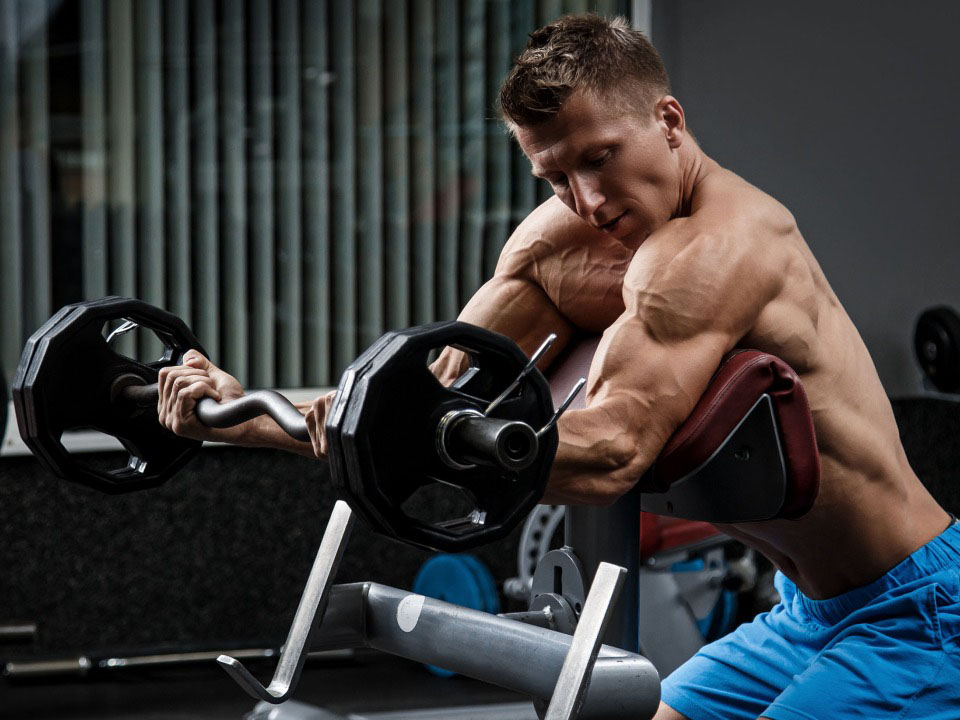The Importance of Proper Form in Strength Training
Strength training has become increasingly popular in recent years, as people recognize the many benefits it can offer. From improved muscular strength and endurance to increased bone density and reduced risk of injury, strength training is an essential part of any fitness routine.
However, to get the most out of strength training, it's crucial to ensure that you're using proper form. Correct form not only helps you to avoid injury but also maximizes the effectiveness of each exercise. In this article, we'll explore why proper form is so important in strength training and provide some tips for ensuring you're using correct technique.
Avoiding Injury
One of the most critical reasons to use proper form in strength training is to prevent injury. When you perform an exercise incorrectly, you place unnecessary strain on your joints and muscles, which can lead to pain and injury over time.
For example, performing squats with your knees caving inwards can lead to knee pain, while performing bench presses with your elbows flaring out can lead to shoulder pain. If you continue to use incorrect form, you risk causing long-term damage to your body.
Maximizing Effectiveness
Using proper form in strength training not only helps to avoid injury but also ensures that you're getting the most out of each exercise. When you use incorrect form, you're not engaging the targeted muscles as effectively, which means you're not getting the full benefits of the exercise.
For example, when performing a bicep curl, it's essential to keep your elbows close to your body and your back straight to isolate the biceps. If you swing your body or use momentum to lift the weight, you're not working the biceps as effectively.
Tips for Proper Form

Now that we've established the importance of proper form in strength training, let's look at some tips for ensuring you're using correct technique:
Start with light weights: When you're first learning an exercise, start with light weights to help you get the feel for the movement. This will allow you to focus on using proper form without worrying about the weight.
Engage your core: Engaging your core muscles is essential in almost every strength exercise. This means pulling your belly button in towards your spine and keeping your back straight.
Keep your joints aligned: When performing an exercise, make sure your joints are in the correct position. For example, when performing a squat, your knees should be over your toes, and your hips should be back.
Use a mirror: If possible, perform exercises in front of a mirror so you can check your form. This will help you to identify any issues and make corrections.
Seek professional advice: If you're unsure about the proper form for a particular exercise, seek the advice of a professional. A qualified personal trainer can provide guidance and ensure you're using proper technique.
Conclusion
Proper form is essential in strength training, both for avoiding injury and maximizing effectiveness. By using the tips outlined in this article and focusing on correct technique, you'll be able to get the most out of your workouts and achieve your fitness goals safely and effectively. Remember, it's always better to use proper form with lighter weights than to risk injury by using incorrect technique with heavier weights.